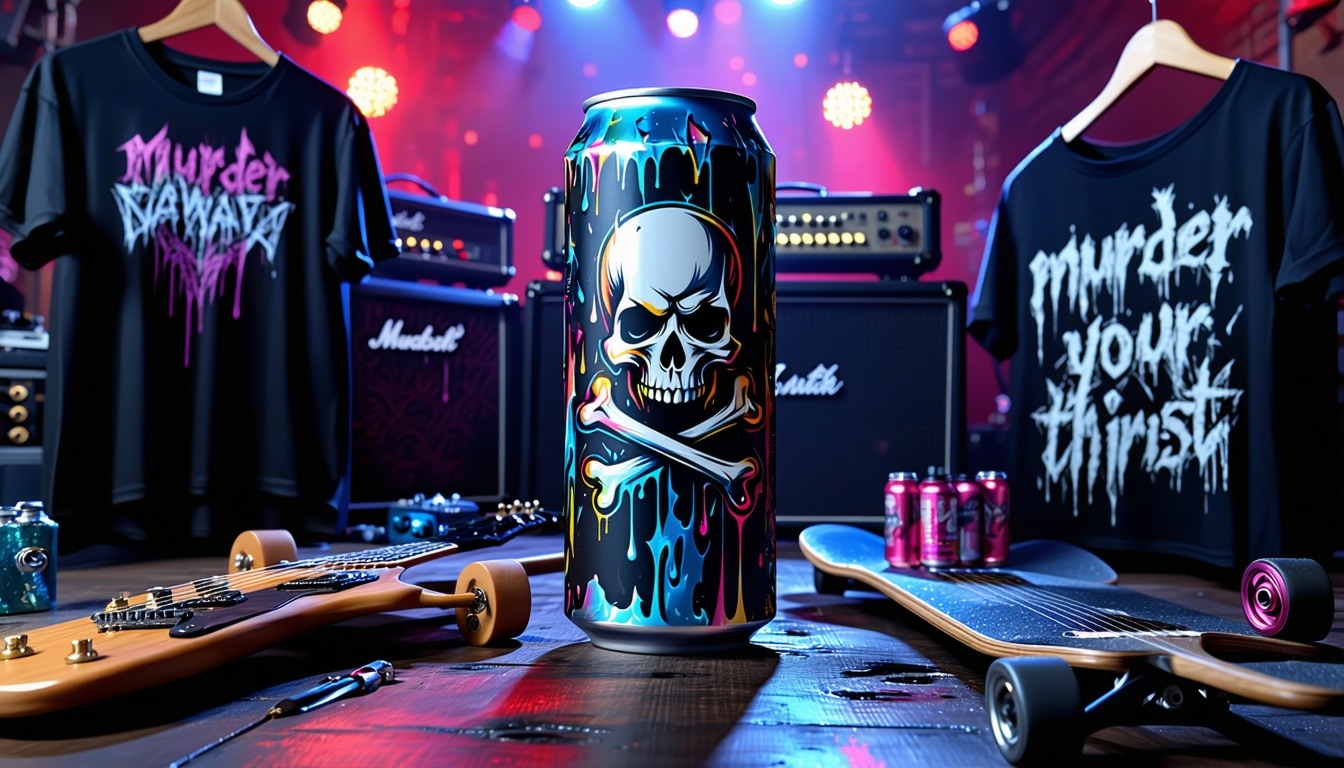
Aligning Brands with Gen Z in the Middle East: Liquid & Quantum Marketing

Gen Z holds brands accountable for their values and actions — in real-time.
In late 2024, Zara faced an intense backlash after launching a controversial campaign. The response, largely driven by digitally mobilized Gen Z consumers across the Middle East, led to a swift pullback of the ads. A digital tsunami followed: tens of thousands of Instagram comments, hashtags trending across X and TikTok, and local influencers withdrawing their support.
This wasn’t just outrage. It was organized, data-powered, and emotionally charged — the hallmarks of today’s quantum consumer behavior.
Why It Matters
Gen Z isn’t just tech-savvy; they are quantum-native — living in a hyper-connected, multi-channel, emotionally intelligent ecosystem. They toggle between apps, cultures, and causes fluidly, expecting brands to do the same.
Enter liquid marketing — messaging that morphs contextually across platforms, powered by real-time data, cultural cues, and emotional intelligence. And at the heart of it all? Purpose.
“Gen Z demands clarity and consistency,” says Ahmad Yaseen, a digital and social marketing expert. “They spot performative marketing in seconds and will call it out.”
Gone are the days of static campaigns. Brands must now orchestrate living narratives — responsive, human, and value-driven.
From Campaigns to Causes
A 2024 IBM x TikTok Research Report found that 73% of Gen Z in MENA factor a brand’s ethics into their buying decisions. For them, shopping is a form of activism — a vote for values.
Hadeel Yehia, 22, puts it simply:
“If your brand isn’t aligned with my world, I’m out. I’m not here to fund something that feels wrong.”
This shift isn’t limited to buying habits — it’s reshaping brand architecture. Fashion, beauty, and even fintech brands are retooling their identities to flow with the cultural current, not fight it.
The Power of Liquid Engagement
Social media isn’t just a marketing channel — it’s the testing ground of brand truth.
-
54% of Gen Z prefer discovering products through social rather than search (Statista, 2025).
-
67% of Gen Z in MENA say brand values surfaced on platforms like TikTok or Snapchat influence purchasing decisions more than ads (Snap Inc. Pulse Study, 2025).
Liquid marketing allows brands to meet consumers where they are — emotionally, culturally, and digitally. Campaigns now evolve like story arcs, with each touchpoint adapting to mood, medium, and momentum.
“Platforms like TikTok and Instagram Reels are the new ad agencies,” says Mostafa Magdy, founder of Egyptian streetwear brand Palma. “But you can’t fake it. The moment Gen Z senses you’re pandering — you’re done.”
Quantum Marketing in Action
Quantum marketing is built on four pillars: emotions, data, tech, and purpose. It combines the art of brand storytelling with the science of personalization, predictive AI, and cultural analysis.
In the Middle East, this means:
-
Real-time cultural listening (e.g., through AI sentiment tools).
-
Nano-influencer collabs that reflect hyper-local identity.
-
Adaptive ad formats that shift tone and message dynamically.
-
Blockchain-based transparency in sourcing and sustainability.
-
Purpose-built communities — not just followers.
Zara’s misstep is a case study in the absence of quantum foresight. A quantum-savvy brand would have pre-tested cultural sensitivity via immersive tech and regional sentiment AI — something increasingly expected in today’s global-local marketing matrix.
Avoiding Performative Pitfalls
Consumers are no longer buying the “one-and-done” donation post. They want receipts. And roadmaps.
“Authenticity isn’t a filter, it’s a framework,” Yaseen adds. “Brands need long-term cause alignment, not crisis-driven optics.”
This means:
-
Defining core values and ensuring they show up across every touchpoint — from influencer collabs to packaging.
-
Partnering with credible NGOs or grassroots orgs to avoid the “virtue-signaling” trap.
-
Being transparent when mistakes are made — and showing action, not just apology.
The Future: Relationship Overreach
The old funnel is dead in a world of liquid content and quantum connections. Gen Z doesn’t move from awareness to purchase — they move from trust to tribe.
To win them over, brands must:
-
Speak in micro-moments.
-
Show up consistently across fragmented realities.
-
Offer not just products but participation in purpose.
As Amr Kawashti of In Your Shoe says:
“For Gen Z, fashion isn’t just a statement — it’s a stand. And that changes everything.”



